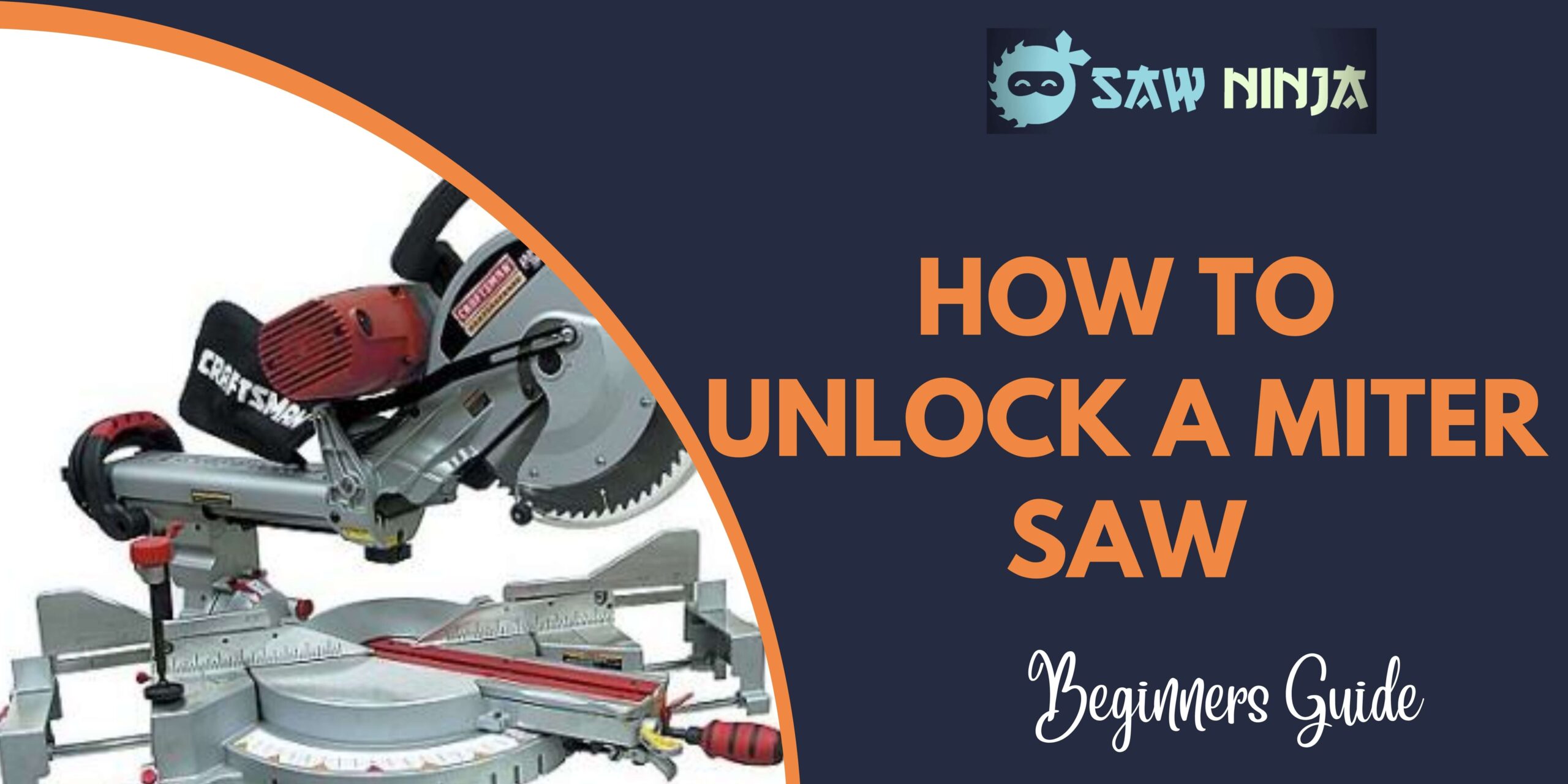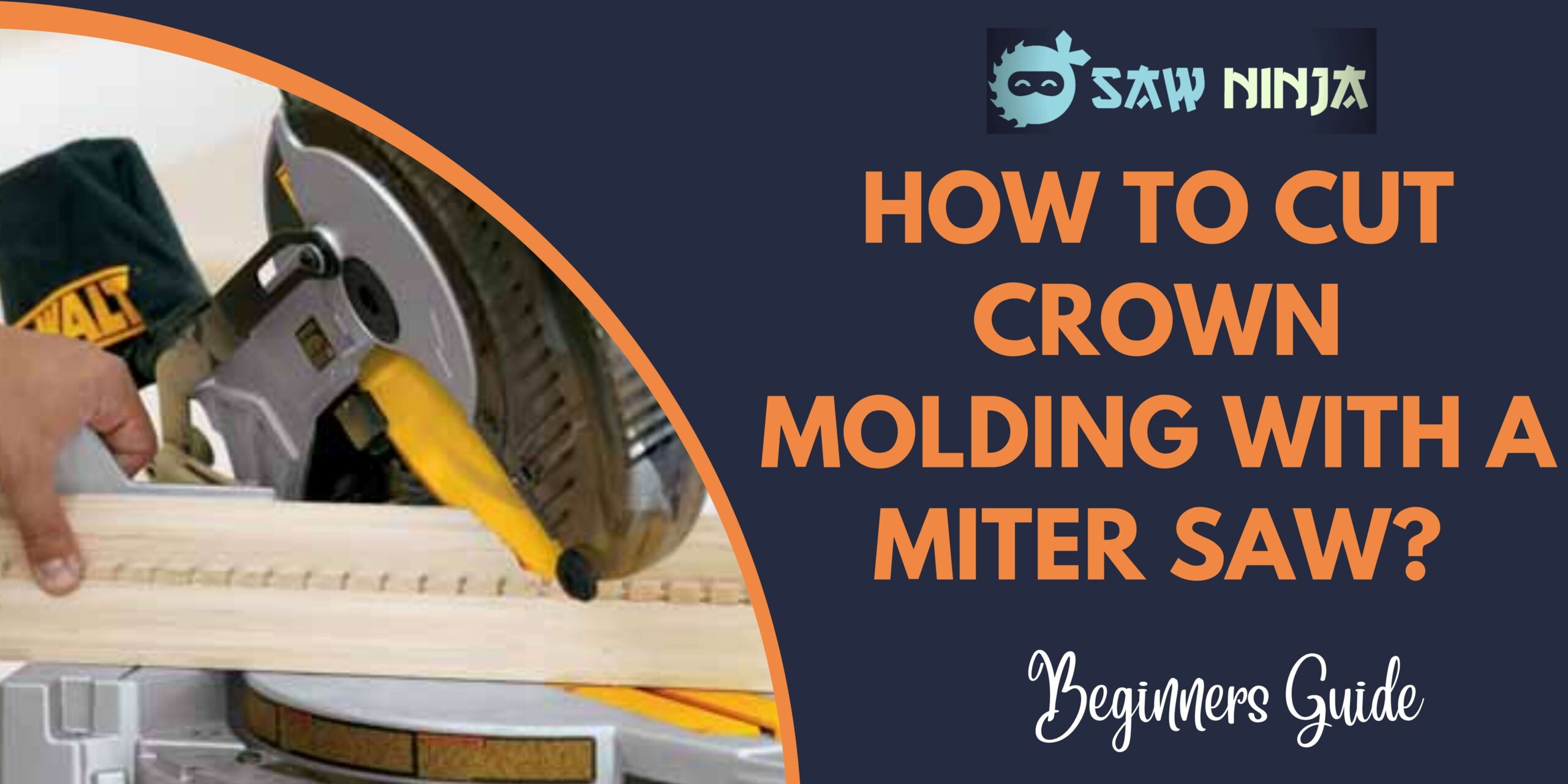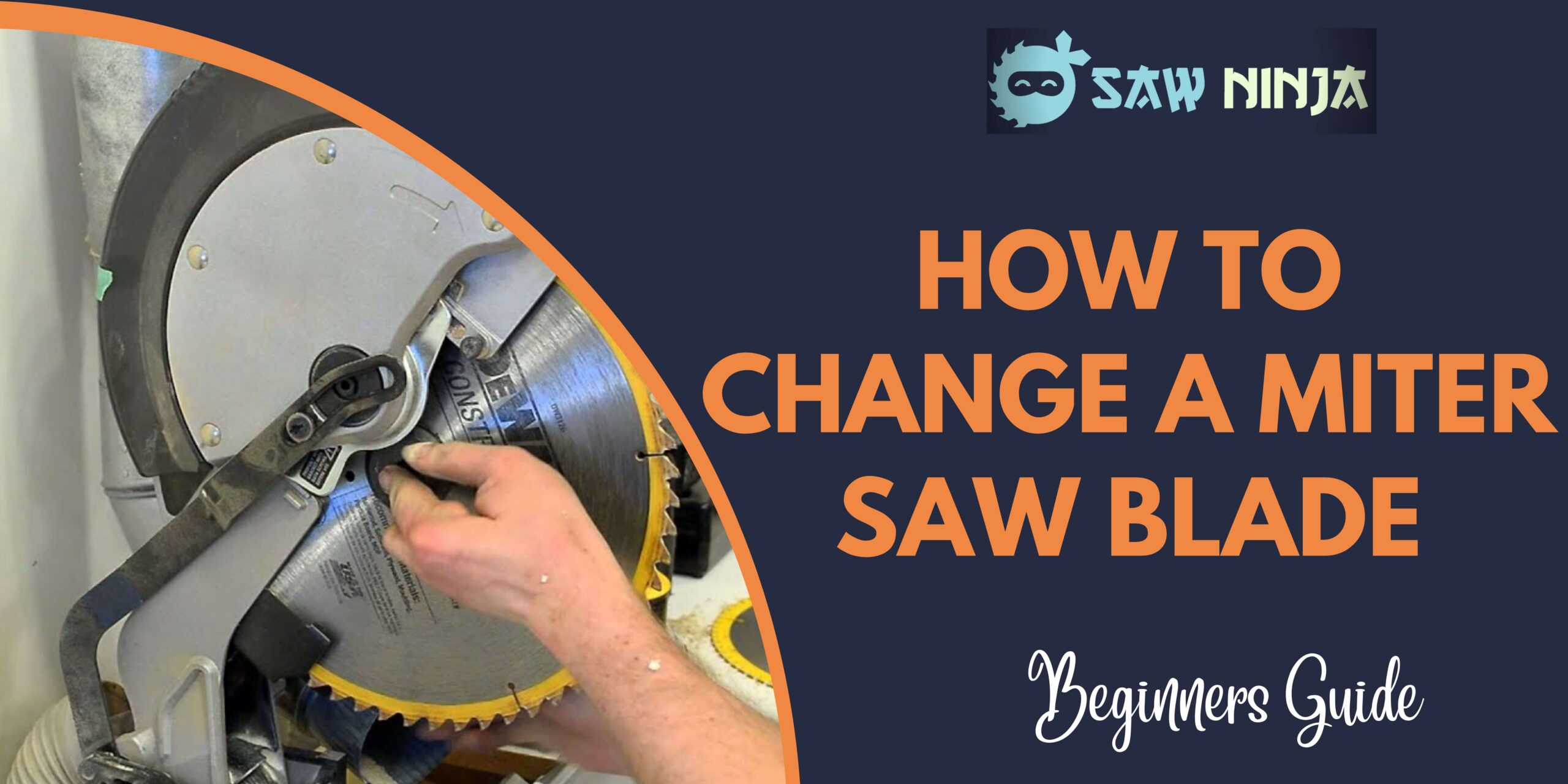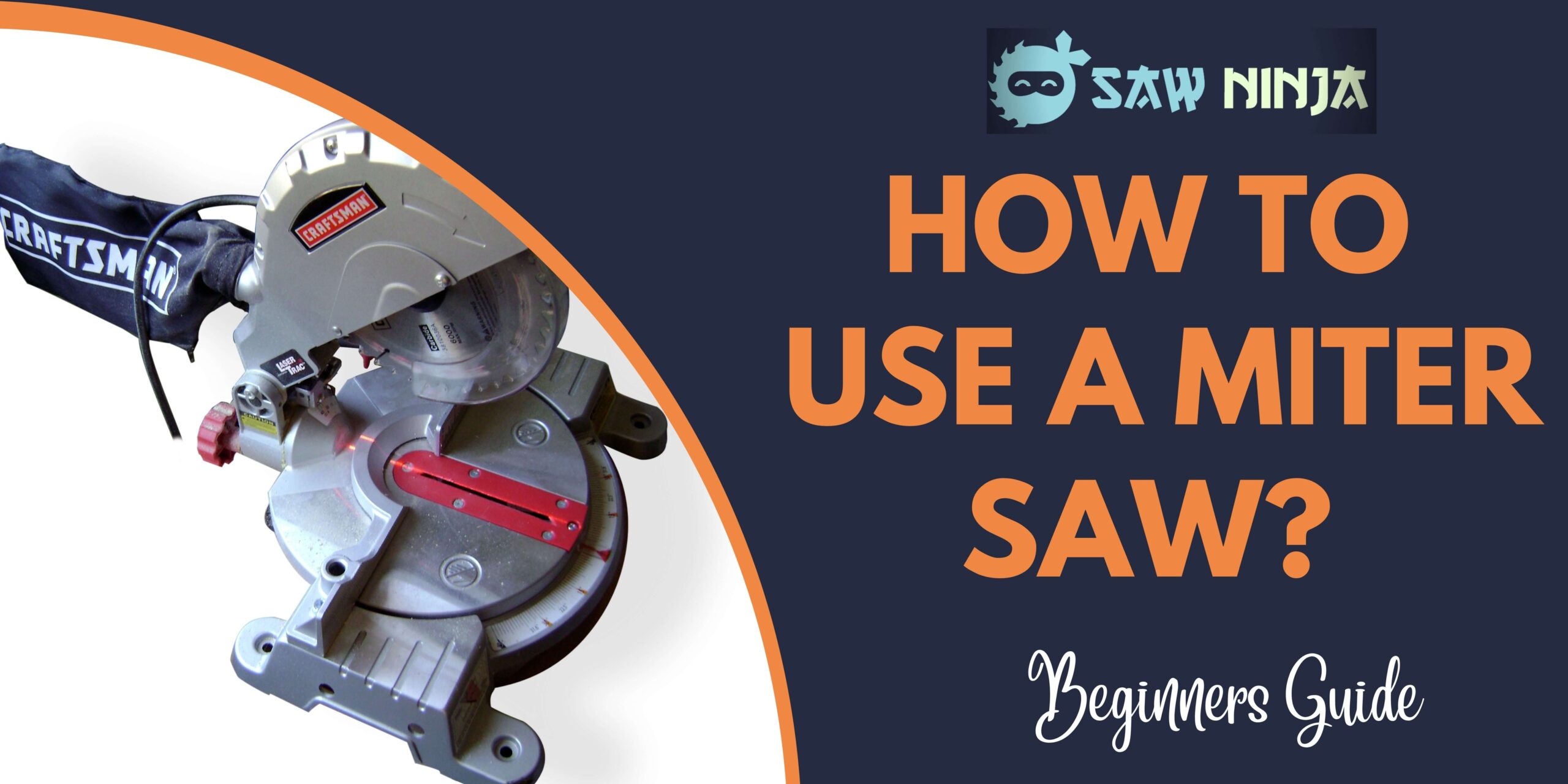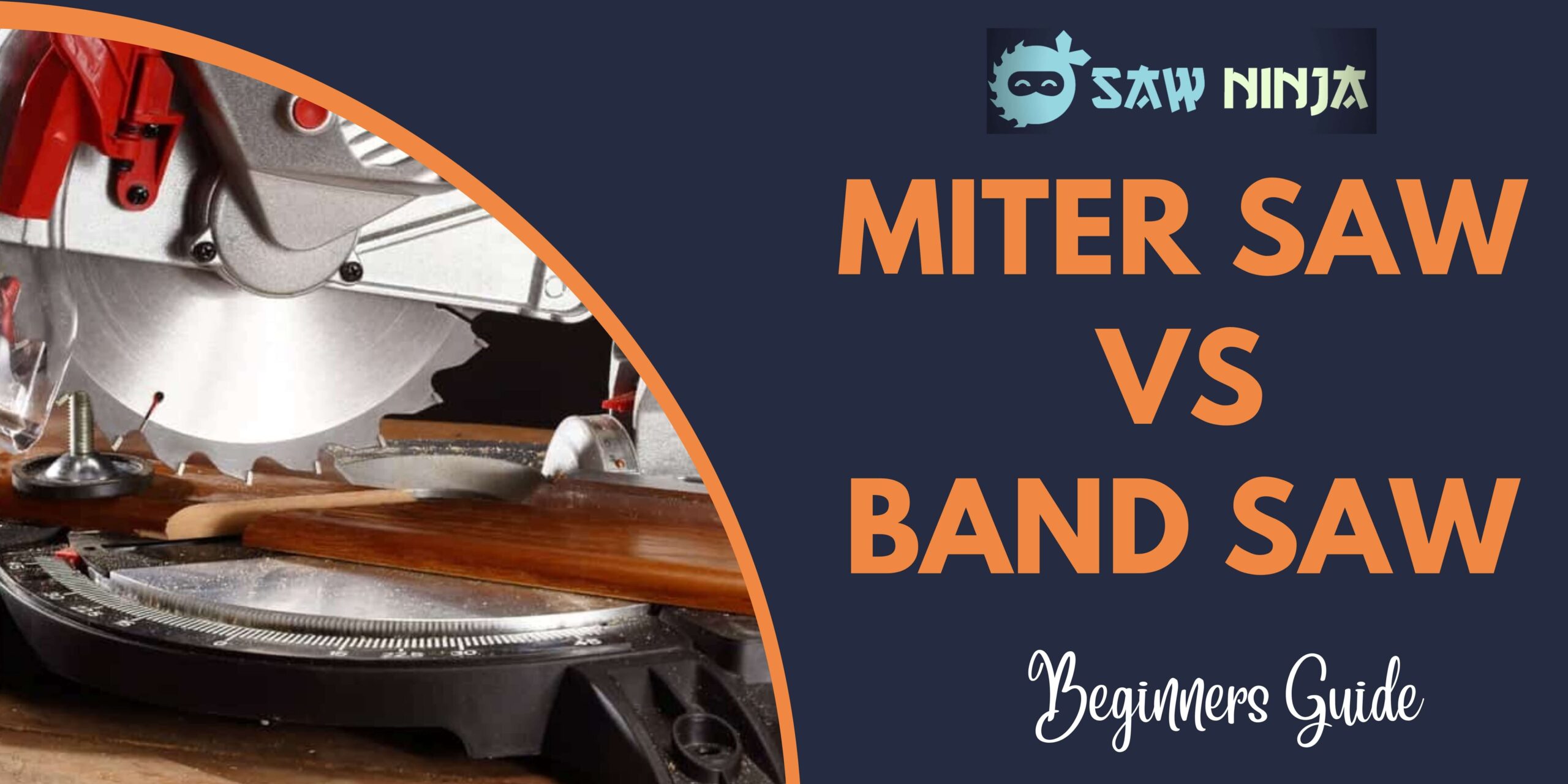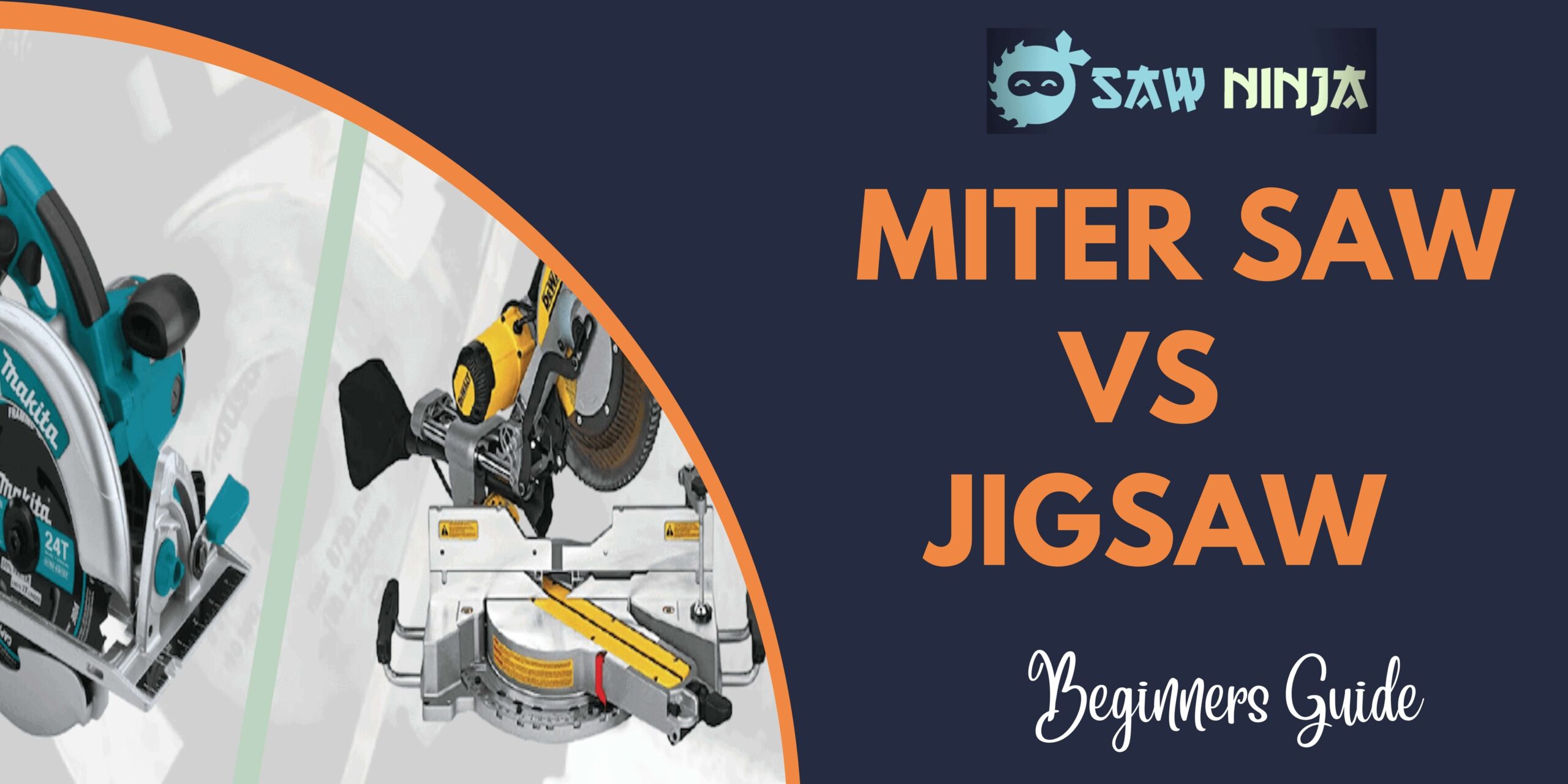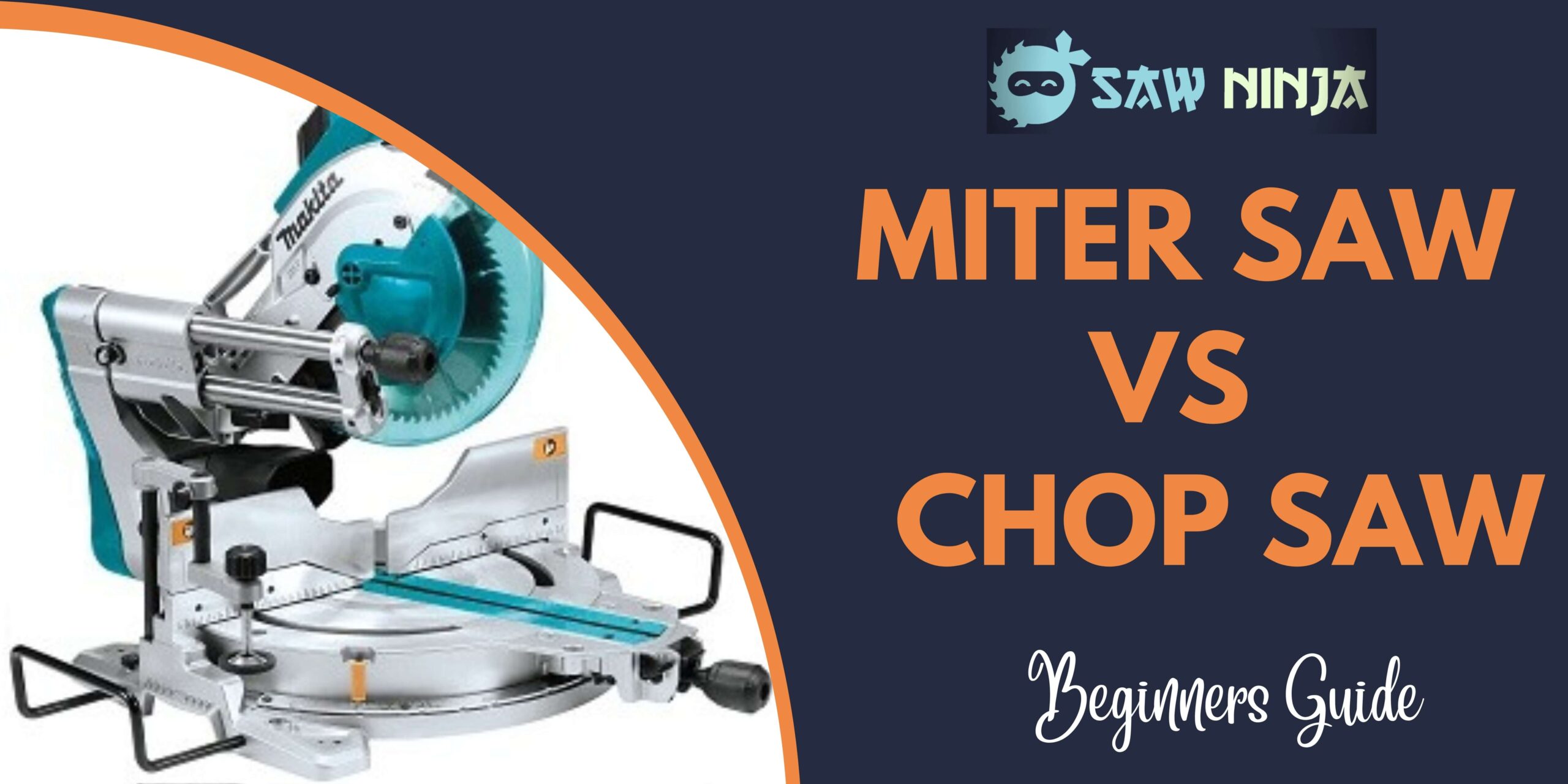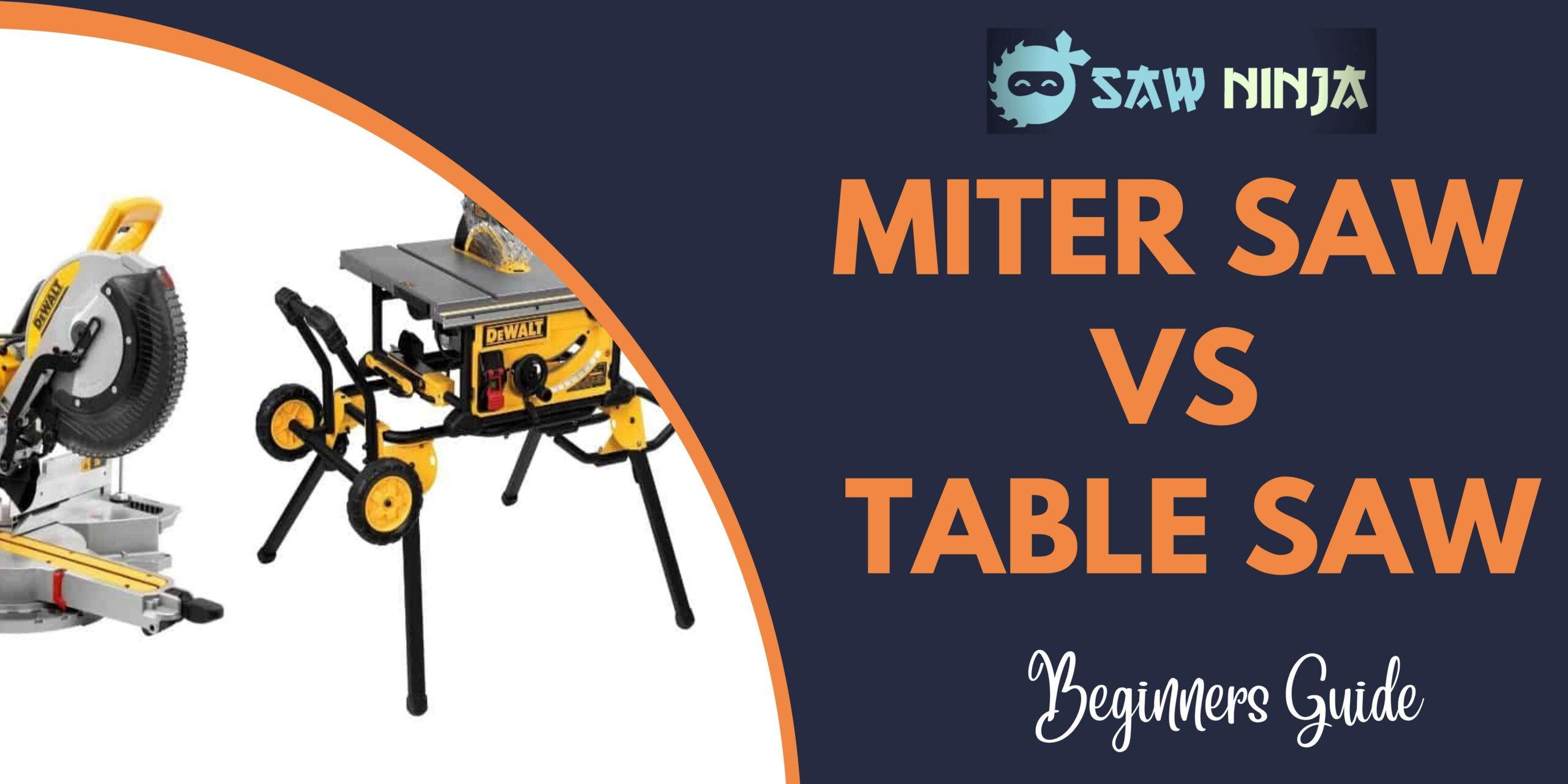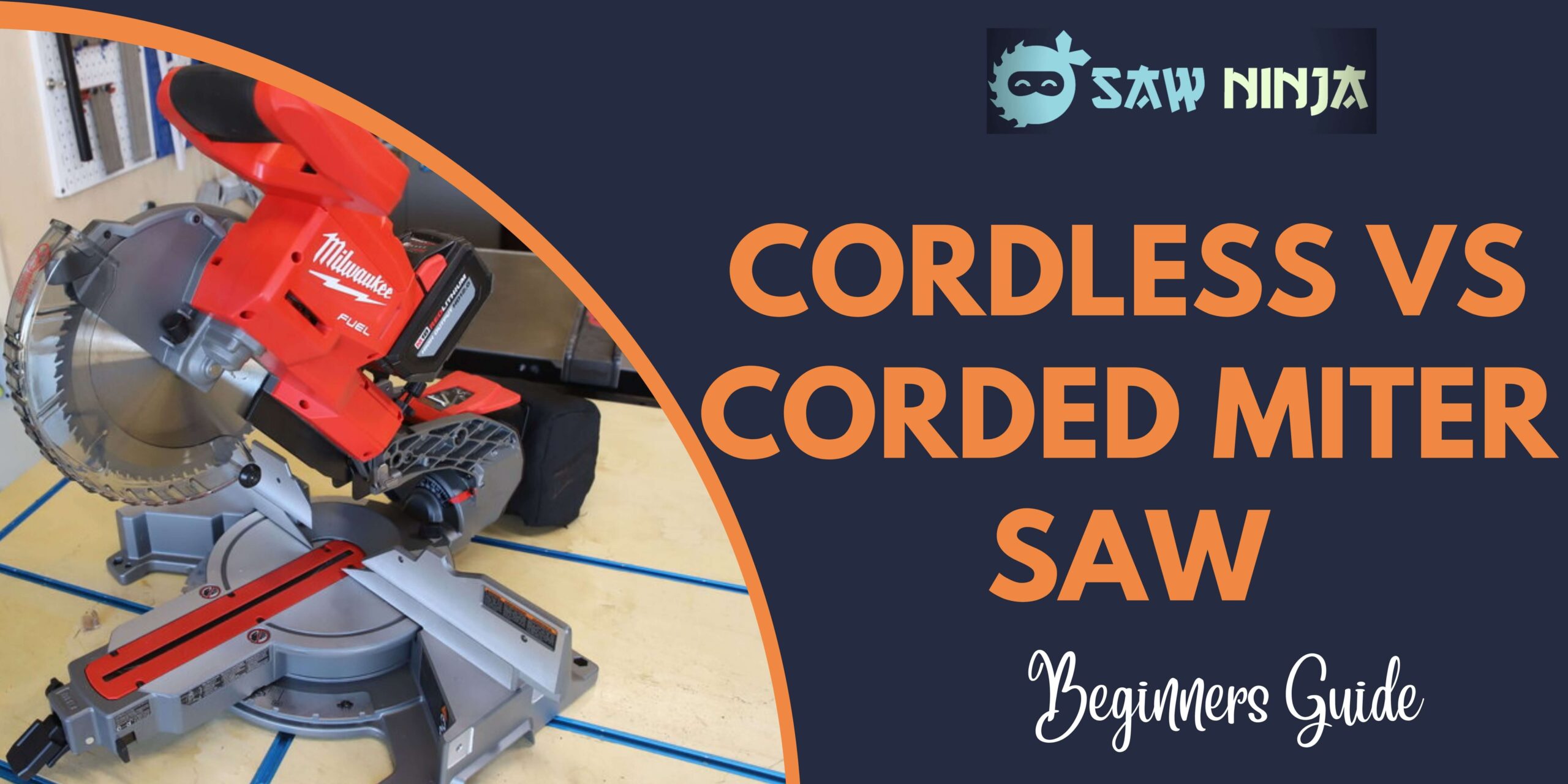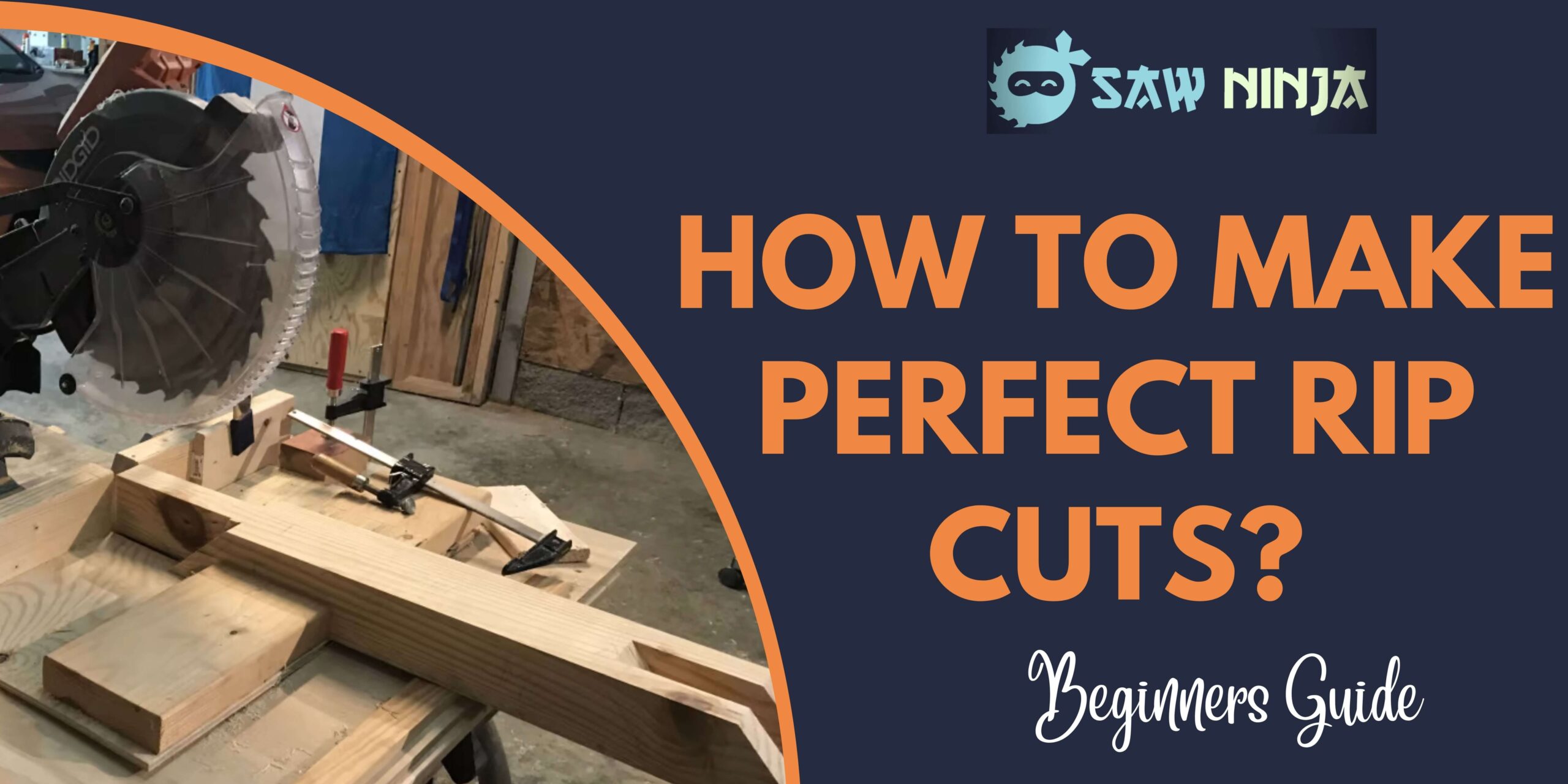Miter saws are a popular choice for woodworkers due to their versatility and accuracy. However, many people struggle to unlock the miter saw, especially if it is their first time using a miter saw.
In this guide, we will provide simple instructions on how to unlock a miter saw and some tips on how to make the process easier. Let’s get started!
How Does Miter Saw work?
Miter saw there is a cutting tool that is used for making precise crosscuts and miters in lumber. It consists of a blade mounted on an arbor driven by an electric motor. The edge is usually 10 to 12 inches in diameter and has teeth on its periphery.
The miter saw table is tilted to the left or right to set the blade bevel angle. The workpiece is then placed against the fence, and the blade is lowered to cut.
A miter saw is a versatile tool that you can use for various tasks such as cutting baseboard, crown molding, and picture frame molding. You can also use it for cutting door and window trim.
There are two types of miter saws: the standard miter saw and the compound miter saw. The standard miter saw is used for making simple crosscuts and miters. The compound miter saw is more versatile as you can use it to make bevel cuts and compound cuts.
>>>> How to Build a Miter Saw Table?
Compound cuts are made by tilting the blade to the left or right and making a bevel cut simultaneously. This type of cut is used for cutting crown molding and baseboard that is not square to the wall.
A miter saw is a powerful tool that can make quick work of various tasks. However, it is important to use the tool correctly and follow safety precautions to avoid injuries.
When using a miter saw, always wear safety glasses or goggles to protect your eyes from flying debris. Use hearing protection if the saw is noisy.
How to Unlock a Miter Saw
There are a few ways to unlock a miter saw, depending on the model and make of your saw. Here are four common methods:
1. Use the bevel release lever
2. Use the miter knob
3. Turn the blade guard to the unlocked position
4. Use the power switch
Use the Bevel Release Lever
The bevel release lever is located on the side of the miter saw. To unlock the blade, push the lever towards the front of the saw.
Use the Miter Knob
The miter knob is located on the side or back of the miter saw. To unlock the blade, turn the knob counterclockwise.
Turn the Blade Guard to the Unlocked Position
The blade guard is located on the top of the miter saw. To unlock the blade, turn the guard to the unlocked position.
Use the Power Switch
The power switch is located on the front of the miter saw. To unlock the blade, push the switch to the off position.
Once the blade is unlocked, you can adjust the blade angle by turning the bevel adjustment knob or lever.
To lock the blade, reverse the process. Be sure to follow the manufacturer’s instructions for your specific miter saw model.
Tips for Unlocking a Miter Saw
Here are a few tips to make unlocking a miter saw easier:
1. Read the instruction manual that came with your miter saw.
2. Practice unlocking and locking the blade before using the saw.
3. If you have difficulty unlocking the blade, try using a different method.
4. Always wear safety glasses or goggles when working with a miter saw.
5. Follow all safety precautions when using a miter saw.
How to Reset the Miter Saw
Suppose your miter saw has a reset button, press and hold it for about two seconds. If the saw doesn’t have a reset button, unplug it from the power outlet and plug it back in.
Once the saw is reset, you can continue using it as normal.
How to Unlock a Miter Saw Blade
If your miter saw’s blade is locked, it can be because the saw is turned off or because something is blocking the blade. First, make sure that the saw is turned off to unlock the blade.
Then, check to see if anything is blocking the blade. If there isn’t, you can try pressing and holding the reset button or unplugging and replugging the saw into the power outlet. Once the blade is unlocked, you can resume using your miter saw.
Conclusion
In conclusion, there are a few different ways to unlock a miter saw, depending on the model and make of your saw. The most common methods are the bevel release lever, the miter knob, or the power switch.
Always follow safety precautions when working with a miter saw to avoid injuries. If you’re having difficulty unlocking the blade, try reading the instruction manual or contacting the manufacturer.

